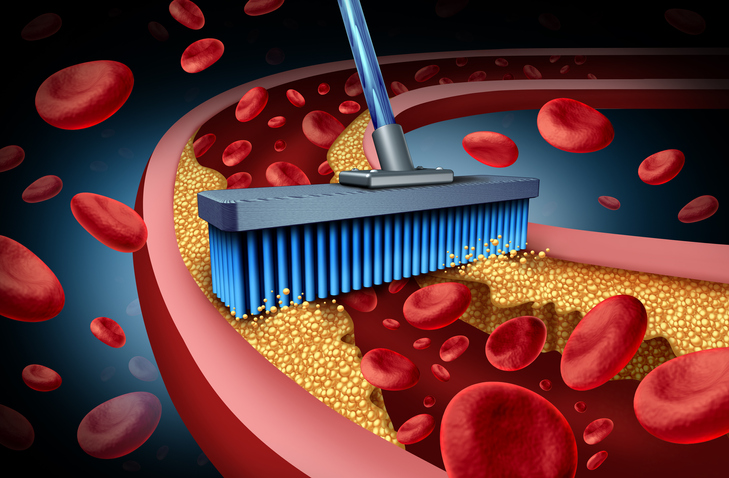How EDTA Works for Chelation Therapy

EDTA (ethylene diamine tetra-acetic acid) is an amino acid that is FDA approved for lead poisoning and used as an alternative treatment for heart disease caused by atherosclerosis. It is not yet approved by the FDA for the use in cardiovascular conditions, but this may occur soon. Safety concerns in the past included low hypocalcemia (low calcium). Patients with severe kidney disease cannot tolerate normal doses. The side effect of hypocalcemia is only seen with a specific type of EDTA called disodium EDTA which is not used anymore in doctors’ offices. Calcium EDTA is the type of EDTA now used. It can be infused extremely rapidly with no effect on blood calcium levels. Disodium EDTA has to be infused slowly because of its effect on calcium. Hypocalcemia can cause cramping and heart arrhythmias so it was a legitimate concern in the past.
Is There Evidence that Chelation is Effective?
A 2012 clinical trial called the Trial to Assess Chelation Therapy (TACT) attempted to answer this question. This clinical trial was done with people who have had heart attacks, as well as those with diabetes. It’s the first large-scale, multi-center clinical trial of its kind.
In this trial 1,700 patients were assessed. The patients were all 50 or older and had experienced at least one heart attack. There was a clinically significant reduction in heart attacks in the treatment group. However, those with diabetes, which made up about one third of the people studied, had a 40 percent reduction in risk. Because there was such a significant result there is now a second trial underway.
Coronary heart disease is one of the leading causes of death among both men and women in the United States, with heart attack being the number one cause of death. Many cardiac patients are choosing to use chelation as a form of complementary medicine and this trial shows that IV infusions of disodium EDTA chelation therapy produced a medically significant reduction in cardiovascular events. Read more about the trial: Chelation for Coronary Heart Disease: What You Need To Know
Chelation therapy is not a miracle treatment and should never be stated to cure any disease. It is an adjuvant treatment used in concert with a complementary cardiology treatment plan. Chelation therapy should not be used as a primary therapy. A complete preventive cardiology workup should also be done. This should include evaluation of inflammation, dietary counseling, cholesterol, hormone levels, evaluation of iron status and much more.
How Does Chelation Therapy with EDTA Work?
Essentially, EDTA acts as an antioxidant within the artery. It does this by pulling out copper and iron from the area in the artery where inflammatory plaque is present. Each infusion cools off the inflammation.
It is through this action that plaque can be stabilized or reduced. EDTA can also remove excess iron in the body. Men often accumulate more iron and every man who has atherosclerosis should be checked for this. Iron toxicity is rare in women.
If you are interested in discussing chelation therapy consider a consult at our practice. Call to schedule your appointment with Dr. Steve Parcell, ND. Dr. Parcell has had special training by the Academy for the Advancement in Medicine (ACAM) and is an expert in the evidence-based use of chelation. He has 20 years of experience in its use.

